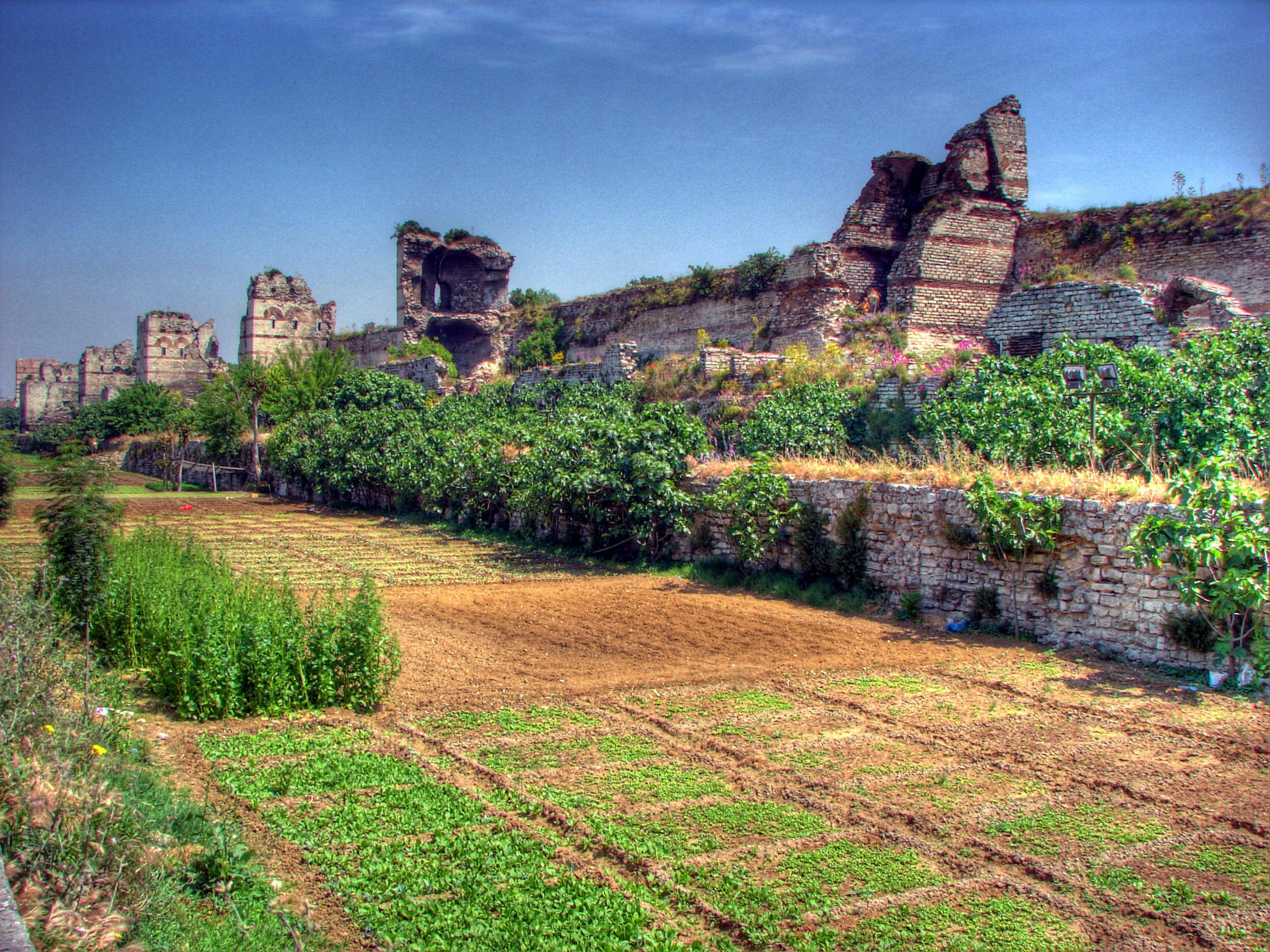Constantinus (consul 457) on:
[Wikipedia]
[Google]
[Amazon]
Flavius Constantinus ( 447–464) was a politician of the
 A native of Laodicea of Phrygia, Constantinus was named praetorian prefect of the East for the first time around 447, when he restored the
A native of Laodicea of Phrygia, Constantinus was named praetorian prefect of the East for the first time around 447, when he restored the
Eastern Roman Empire
The Byzantine Empire, also referred to as the Eastern Roman Empire or Byzantium, was the continuation of the Roman Empire primarily in its eastern provinces during Late Antiquity and the Middle Ages, when its capital city was Constantinopl ...
, consul
Consul (abbrev. ''cos.''; Latin plural ''consules'') was the title of one of the two chief magistrates of the Roman Republic, and subsequently also an important title under the Roman Empire. The title was used in other European city-states throug ...
and three times praetorian prefect of the East.
Life
 A native of Laodicea of Phrygia, Constantinus was named praetorian prefect of the East for the first time around 447, when he restored the
A native of Laodicea of Phrygia, Constantinus was named praetorian prefect of the East for the first time around 447, when he restored the Walls of Constantinople
The Walls of Constantinople ( el, Τείχη της Κωνσταντινουπόλεως) are a series of defensive stone walls that have surrounded and protected the city of Constantinople (today Istanbul in Turkey) since its founding as the ...
, which had been damaged by an earthquake that January. As the Huns
The Huns were a nomadic people who lived in Central Asia, the Caucasus, and Eastern Europe between the 4th and 6th century AD. According to European tradition, they were first reported living east of the Volga River, in an area that was part ...
of Attila
Attila (, ; ), frequently called Attila the Hun, was the ruler of the Huns
The Huns were a nomadic people who lived in Central Asia, the Caucasus, and Eastern Europe between the 4th and 6th century AD. According to European traditio ...
were moving towards Constantinople
la, Constantinopolis ota, قسطنطينيه
, alternate_name = Byzantion (earlier Greek name), Nova Roma ("New Rome"), Miklagard/Miklagarth (Old Norse), Tsargrad ( Slavic), Qustantiniya (Arabic), Basileuousa ("Queen of Cities"), Megalopolis (" ...
, Constantinus mobilised the factions of the Hippodrome of Constantinople
Sultanahmet Square ( tr, Sultanahmet Meydanı) or the Hippodrome of Constantinople ( el, Ἱππόδρομος τῆς Κωνσταντινουπόλεως, Hippódromos tēs Kōnstantinoupóleōs; la, Circus Maximus Constantinopolitanus; t ...
to gather 16,000 workers: the Blues worked the stretch of walls from the Gate of Blachernae to the Gate of Myriandrion, the Greens from there to the Sea of Marmara; in sixty days, by the end of March, the walls were restored and the moat cleaned. A bilingual inscription was erected to celebrate the works. While in office, he received a letter from Theodoret
Theodoret of Cyrus or Cyrrhus ( grc-gre, Θεοδώρητος Κύρρου; AD 393 – 458/466) was an influential theologian of the School of Antioch, biblical commentator, and Christian bishop of Cyrrhus (423–457). He played a pivo ...
of Cyrrhus, asking for a reduction of the taxation on his city, while another was received after he left office.
After leaving office in 451, he participated in some sessions of the Council of Chalcedon
The Council of Chalcedon (; la, Concilium Chalcedonense), ''Synodos tēs Chalkēdonos'' was the fourth ecumenical council of the Christian Church. It was convoked by the Roman emperor Marcian. The council convened in the city of Chalcedon, Bith ...
. In 456 he was appointed prefect for the second time.
Constantinus was appointed consul
Consul (abbrev. ''cos.''; Latin plural ''consules'') was the title of one of the two chief magistrates of the Roman Republic, and subsequently also an important title under the Roman Empire. The title was used in other European city-states throug ...
in 457, with Rufus as his colleague (they were both chosen by the Eastern court), then prefect of the East for the third time in 459.''Codex Justinianus
The Code of Justinian ( la, Codex Justinianus, or ) is one part of the ''Corpus Juris Civilis'', the codification of Roman law ordered early in the 6th century AD by Justinian I, who was Eastern Roman emperor in Constantinople. Two other units, t ...
'', VIII.53.30a (March 3). He received the title of '' patricius'' after 457.Priscus
Priscus of Panium (; el, Πρίσκος; 410s AD/420s AD-after 472 AD) was a 5th-century Eastern Roman diplomat and Greek historian and rhetorician (or sophist)...: "For information about Attila, his court and the organization of life generall ...
, fragments 31-33.
In 464/465 he was sent as an envoy to the Sassanid Persian king Peroz I. He waited at Edessa
Edessa (; grc, Ἔδεσσα, Édessa) was an ancient city (''polis'') in Upper Mesopotamia, founded during the Hellenistic period by King Seleucus I Nicator (), founder of the Seleucid Empire. It later became capital of the Kingdom of Osroene ...
, then was received at Peroz's court. The Persians had several complaints, and asked for Roman financial contributions for the defence of the Caspian Gates
The Gates of Alexander were a legendary barrier supposedly built by Alexander the Great in the Caucasus to keep the uncivilized barbarians of the north (typically associated with Gog and Magog in medieval Christian and Islamic writings) from i ...
, but the Romans refused and Constantinus was dismissed without achieving anything.
Notes
Sources
* Jones, Arnold Hugh Martin, John Robert Martindale, John Morris, "Fl. Constantinus 22", '' Prosopography of the Later Roman Empire'', Volume 2, Cambridge University Press, 1992, , pp. 317–318. {{authority control 5th-century Romans 5th-century diplomats 5th-century Roman consuls Byzantine diplomats Correspondents of Theodoret Imperial Roman consuls Patricii Praetorian prefects of the East